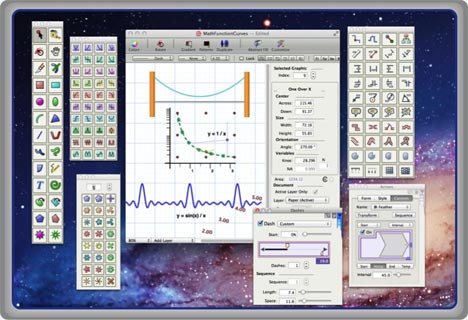

You can use the Brush Tool, as explained in the section above. The brush tool is also used on layer masks to add to the mask or remove from the mask. The Brush Tool is the most commonly used tool in the group, and you can use it to paint lines and shapes on the canvas or image. While the method of using the tools is the same, the outcomes are different. The Brush Tool explained above isn’t the only brush-type tool you can use in Photoshop there are three other types of brush-type tools. If you want to keep the brush straight while drawing to make straight lines, hold the Shift key while you draw. To undo brush strokes, press Control + Z (Win) or Command + Z (Mac). To paint using the Brush Tool, click and drag the brush on the canvas to draw what you wish. Now that you’ve selected the brush color, size, and type - I will show you the more complex settings later - you can start painting on your canvas. A blue block indicates the brush you select. I will open the General Brushes group by pressing the arrow and then choose the Hard Round brush. Open a group and choose the brush you want to use. There are several brush groups you can choose from, including default brushes from Photoshop, any brushes you make yourself, and imported brushes which I will explain later. Then make sure you have your desired brush selected, choosing from the options in the same panel where you change the brush size. You can also decrease the brush size by pressing. Then adjust the brush size by opening the Brush Preset Picker from the Options bar and moving the slider left or right or adding a pixel value into the box. In the Color Picker, select the color you want to use by choosing it from the Color panel or providing the Hex code, RGB, CMYK, HSB, or LAB numbers. To change the foreground color, double-click on the color block to open the Color Picker dialogue box.

The color block in front is the foreground color, and the one at the back is the background color. To check or change the foreground color, look for the color blocks in the Toolbar. Once you’ve selected the tool, the brush paints whatever foreground color is selected. First is the color that the brush will paint. However, there are a few things you do need to check or change before painting. If you are ready to use the Brush Tool immediately, you can start without changing settings.

Once you select the tool, you can start painting immediately or adjust the settings to change how the tool behaves. If you can’t see the Brush Tool icon on the toolbar, it may be because you previously selected another tool from the group, so look out for icons for the Pencil Tool, Color Replacement Tool, or the Mixer Brush Tool. To access the Brush Tool in Photoshop, select the Brush Tool icon from the Toolbar.
EAZYDRAW BRUSH TOOL FOR FREE
You will also learn how to customize the tool and import brushes into Photoshop, along with an excellent site for free brushes. Then we’ll get into the relevant settings to get the most out of the tool. While painting with the brush tool is relatively simple, I will show you the various types of brush tools that Photoshop offers, but you aren’t likely to use them as often.
EAZYDRAW BRUSH TOOL FULL
Now the Brush Tool has many functions and settings that affect how the tool works on the canvas, and understanding these helps you use the tool to its full potential. To begin painting with your active foreground color, simply click and drag over your canvas to paint. Right-click on your canvas to open the Brush Tip Preset window to choose the desired brush type, feather, and brush hardness. To access the Brush Tool in Photoshop, press B on your keyboard. Here’s a quick glance at how the tool works at a basic level: Knowing how to use the Brush Tool properly is essential for anyone who plans to use Photoshop regularly. You can use this tool to paint colors onto the canvas, and with other tools and functions, such as while masking. There are specific tools in Photoshop that are staples in most projects, and one of those is the Brush Tool.


 0 kommentar(er)
0 kommentar(er)
